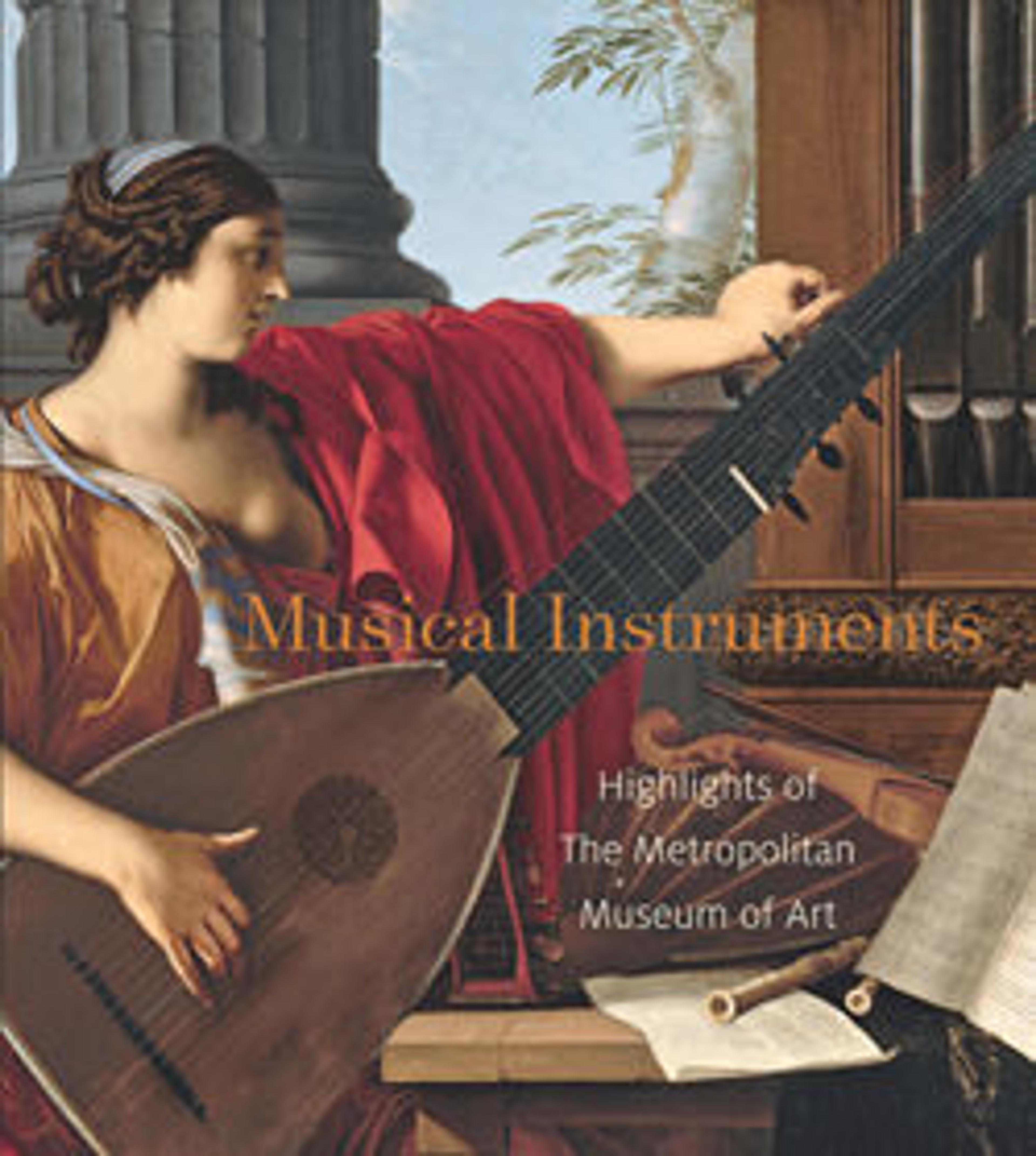Oboe in C
Hendrik Richters (1683–1727) is considered to be one of the finest oboe makers of his period. About 30 oboes survive from the shop he shared with his brother Frederik (1694–1770). Some, like this one, are lavishly decorated with expensive materials. The brothers used the state-of-art eighteenth-century technology to lathe the instrument's ornamental turnings. The metal keys, engraved with floral designs, musical and dancing figures, were fashioned by professional silversmiths or engravers. French instrument makers invented the oboe late in the seventeenth century by redesigning the treble shawm. In contrast to the loud shawm, the oboist takes the reed between the lips enabling the player to control the articulation, volume, pitch, and quality of sound. This permitted more expressivity, a musical trait of growing importance during this period. To enhance playing technique, two keys, the C and E-flat, were added to the oboe. Since some players were accustomed to play with the right hand down and others with the left hand the E-flat key appears on both the left and right side of the "swallow-tail" C key.
Artwork Details
- Title: Oboe in C
- Maker: Hendrik Richters (Dutch, Amsterdam 1683–1727 Amsterdam)
- Date: before 1727
- Geography: Amsterdam, Netherlands
- Culture: Dutch
- Medium: Ebony, ivory, silver
- Dimensions: 22 1/2 × 2 3/8 × 2 3/8 in. (57.2 × 6 × 6 cm)
- Classification: Aerophone-Reed Vibrated-double reed
- Credit Line: Gift of The University Museum, University of Pennsylvania, 1953
- Object Number: 53.56.11
- Curatorial Department: Musical Instruments
More Artwork
Research Resources
The Met provides unparalleled resources for research and welcomes an international community of students and scholars. The Met's Open Access API is where creators and researchers can connect to the The Met collection. Open Access data and public domain images are available for unrestricted commercial and noncommercial use without permission or fee.
To request images under copyright and other restrictions, please use this Image Request form.
Feedback
We continue to research and examine historical and cultural context for objects in The Met collection. If you have comments or questions about this object record, please contact us using the form below. The Museum looks forward to receiving your comments.
